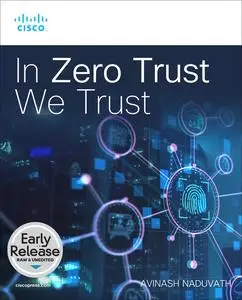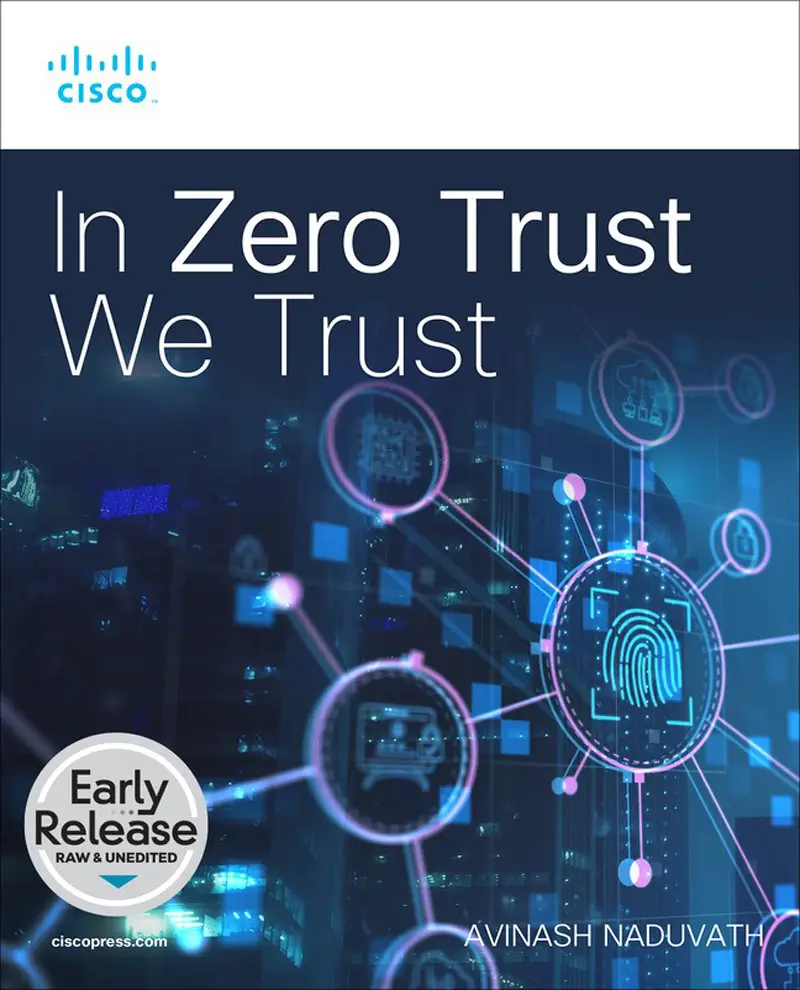In Zero Trust We Trust (Early Release)
English | 2023 | ISBN: 0138237409 | 245 pages | True EPUB,PDF (conv) | 29 MB
English | 2023 | ISBN: 0138237409 | 245 pages | True EPUB,PDF (conv) | 29 MB
Before an enterprise answers “How can we achieve a Zero Trust architecture?” they should be asking “Why are we looking at Zero Trust as an access model? Does it align with our vision?” In an innovative format, Cisco security architecture expert Avinash Naduvath guides you through the philosophical questions and practical answers for an enterprise looking to start the Zero Trust journey.
A conversational model will take you from the initial stages of identifying goals and pitching solutions, through practical tasks that highlight tangible outcomes—including common primary use cases—in order to bring focus to the correct implementation and maintenance of a Zero Trust architecture.
For a future where success is measured as much by the security of a system as by the functionality, In Zero Trust We Trust is designed to help everyone at every stage and level of leadership understand not only the conceptual underpinnings, but real-world context of when, how, and why to deploy Zero Trust security controls. This book provides the starting point for helping you change the mindset of others, and getting them to understand why Zero Trust isn't simply a conversation to be had, but a movement to embrace.
Origins of the Zero Trust philosophy in security architecture explained, and why it took so long to catch on
Detailed examination of how to ask the right questions so as to implement the right security answers for clients
Understanding the metrics by which to measure Zero Trust success, and what maintaining that success looks like
Identifying the stakeholders and empowering a Zero Trust team within an enterprise
Examples of how to catalyze opinion and tailor tactics to motivate investment in secure Zero Trust architecture
Implement, monitor, feedback, repeat: Presenting and building a roadmap for a sustainable security architecture
Looking ahead to a Zero Trust Lifecycle Framework and a blueprint for the future



